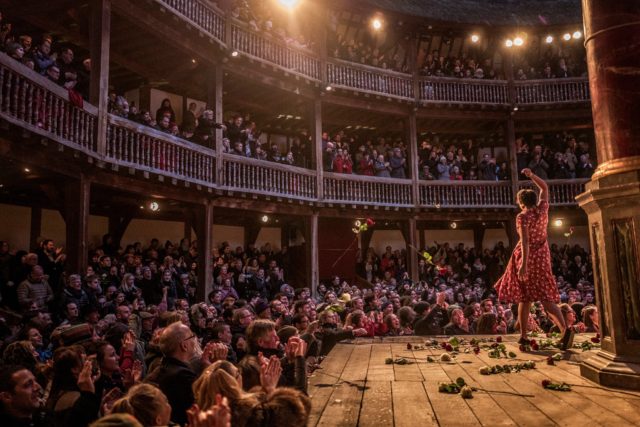Shakespeare’s Globe
For us to find the famous Shakespeare’s Globe Theatre we move from St. Paul’s Cathedral towards the river & after taking the Millennium Footbridge to the other side of the Thames. We end up in one of the most visited districts of the south bank. Bankside‘s highlight landmarks are on the other side of the bridge. To our left is the famous theatre.
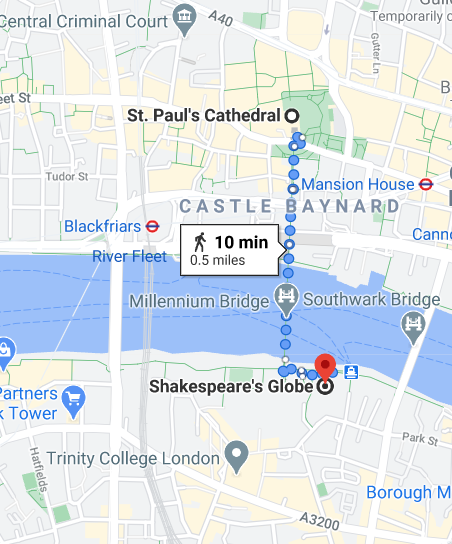
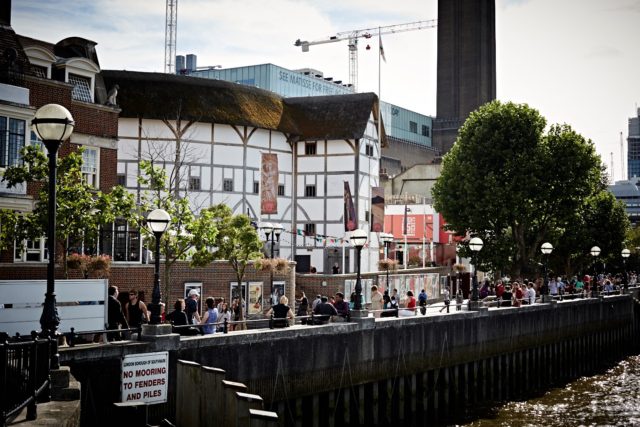
This theater is the modern reconstruction of the original theatre and is located just 230 meters (750 ft) away from the original site of the open-air Globe theatre built in 1599 by the theater company Lord Chamberlain’s Men, a leading member of which was William Shakespeare himself. Shakespeare had a stake holding in the Globe Theatre and also acted in some of the productions. The Globe was the most magnificent Theatre London had seen till then with its amphitheater having the capacity of hosting several thousand people.
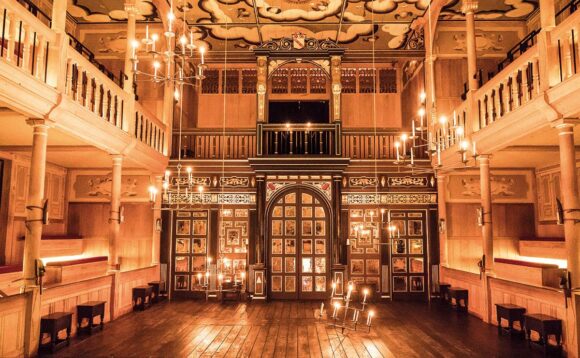

The theatre was burned to the ground in 1613 when a cannon that was fired during a performance of Henry VIII ignited the thatched roof of the gallery. The company completed a new Globe on the foundations of its predecessor before Shakespeare’s death. It continued operating until in 1642, under the force of the Puritans the English Parliament issued an ordinance suppressing all stage plays in Theatres.
In 1644 the Globe was razed to the ground. The foundations of the theatre were rediscovered in 1989.19 years earlier, in 1970, American actor and director Sam Wanamaker had founded the Shakespeare Globe Trust and the International Shakespeare Globe Centre, to build a faithful recreation of Shakespeare’s Globe close to its original location at Bankside, Southwark. This inspired the founding of several Shakespeare’s Globe Centres around the world, an activity in which Wanamaker also participated.
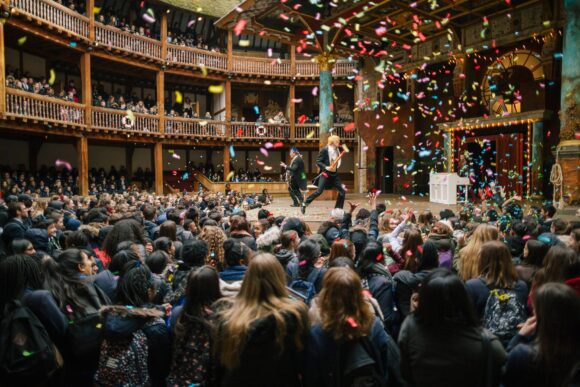
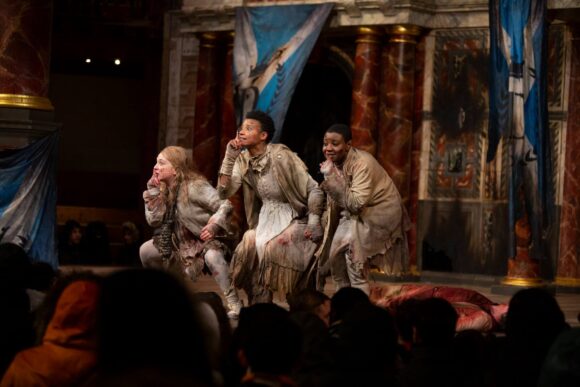
Many detractors maintained that a faithful Globe reconstruction was impossible to achieve due to the complications in the 16th-century design and modern fire safety requirements; however, Wanamaker persevered in his vision for over twenty years, and a new Globe theatre was eventually built according to a design based on the research of historical adviser John Orrell.
The outside picture of the New Globe Theatre immediately conveys everyone’s perception of the architecture of Tudor & Elizabethan England. The black and white coloring in the distinct outer skin of the building cannot be mistaken for anything else (see Theater pictured at the top of the page).
The new Globe Theatre creates an imposing picture that can be seen on land or from the River Thames. A wonderful addition to the architecture of London – an image of the past mingling with the modern architecture of the present. The thatched roof of the new Theater, another prominent feature of the picture was made in traditional style with Norfolk reeds. It has, however, been coated with a special fire-protective liquid. It is the first thatched roof building that has been allowed in London since the Great Fire in 1666.
Since the Globe theatre reconstruction opened for performances in 1997, Shakespeare’s Globe has welcomed visitors from all over the world to take part in workshops, lectures, and staged readings; to visit the exhibition and tour the Globe theatre, and to watch productions, ranging from original practices to world premières of new writing and the first play by a woman ever to be performed here. Description by http://www.william-shakespeare.info/ & https://www.bardweb.net/

